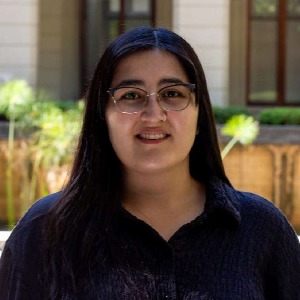Title : Genomic diversity of Orthohantavirus Andesense (ANDV): Impact of non-synonymous SNVs on gene expression and immune system evasion
Abstract:
Introduction: The Andes virus (ANDV), a rodent-borne Orthohantavirus, causes hantavirus cardiopulmonary syndrome (HCPS) in Chile and Argentina. Its genome comprises three RNA segments: large (L), medium (M), and small (S). The S segment encodes the nucleocapsid (N) and the non-structural S (NSs) proteins. While the N protein is crucial in several stages of viral replication, including SmRNA translation, NSs act as an antagonist of the type-I interferon (IFN-I) pathway, through interaction with MAVS, contributing to pathogenesis. This study examined the genetic diversity of the S segment and the functional impact of non-synonymous single nucleotide variations (SNVs) within the N and NSs protein.
Methods: Complete S segments from 58 ANDV-genomes collected from human clinical samples were sequenced with Illumina. Phylogenetic analyses were performed with IQ-TREE. Structural predictions and stability analyses for NSs were conducted using Robetta, QUARK, SWISS-MODEL, and FoldX. Selected non-synonymous SNVs were introduced by site-directed mutagenesis into plasmids expressing ANDV-His-N or ANDV-HA-NSs, confirmed by Sanger sequencing. Functional effects were assessed using a capped SmRNA viral-like reporter (for N) and an IFN-β promoter reporter assay (for NSs) in HEK293T cells.
Results: Phylogenetic analyses revealed two distinctive clades among Chilean isolates. Across both proteins (N and NSs), twenty-nine non-synonymous SNVs were identified, with 62% within the NSs. In N, the N46S mutation disrupted the ability to stimulate SmRNA translation. In NSs, structural modeling revealed a positively charged patch. Functional assays showed that the artificial double mutant R4L-Q5L abolished IFN-β inhibition. Among natural variants, the S32L mutation, detected only in a severe HCPS case, enhanced IFN-β inhibition, while I20V and N34S did not.
Discussion: These findings demonstrate that NSs is a hotspot for functional variability and that specific mutations in both N and NSs can modulate viral translation or immune evasion. Such insights may contribute to understanding disease outcomes and identifying potential therapeutic targets.



